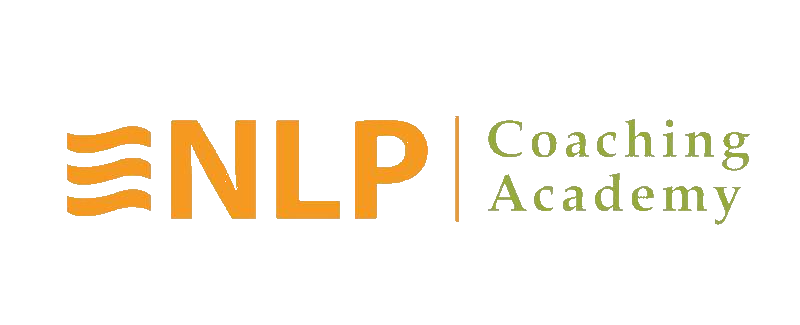NLP Technique Calibration
NLP Technique Calibration
You might be curious to know What is Calibration in NLP? Calibration is the most important skill to be an excellent practitioner of NLP. This NLP pattern Calibration refers to using our sensory awareness to develop a focus that allows us to detect another’s mental state, mood, experience, etc. This NLP pattern usually blends well with Top 10 NLP techniques.
Calibrating a machine means learning about its responses and gauging them efficiently.
Similarly, calibrating to another human being means using our sensory awareness (eyes, ears, skin, facial color, breathing patterns, tone) to recognize the uniqueness in the other person’s experiences. It also checks how they process information and how they move in and out of states.
One of the ways of calibration can be done via eye cues. Richard Bandler and John Grinder had recognized certain eye accessing cue patterns as a vital set of responses that need attention and is a vital skill which participants learn in an NLP Practitioner training program. This simply means the eye movements of the other person that help in gauging their behavior and responses. It could be when they are feeling awesome or when they are having internal self-talk. etc. Eye movements change when the person is trying to think, process a piece of information or when he or she is trying to make sense of something relevant.
In general, people make a lot of eye movements that all mean different things.
Eye movements change given the existence of our left and right hemispheres too. (Disclaimer: How most right-handed people access information while left-handed are often reversed.)
Good NLP practitioners routinely calibrate to their subject’s response by asking certain questions, then checking their results.
NLP Technique Calibration helping cues using Eye Accessing Cues
When a person is looking(left up) VR(Visual Recall) which would mean that the person is recalling something visually. Eg: How did you look 5 years ago?
When a person is looking (left side)(AR)(Auditory Recall)which means that the person is recalling something auditory. Eg; How does your Grandfather’s voice sound like?
When a person is looking(left down)(AID(Auditory Internal Dialogue)(Sometimes straight and defocused) which means they are having an internal dialogue(self-talk). Eg: “I am sure this person thinks that I am an awesome person”.”I could have done this than doing that”.
When a person is looking(right up)(VC)(Visual Construct)they are constructing an image in their mind. Eg: How would Narendra Modi look in next 10 years?
When a person is looking(right side)(AC(Auditory Construct) which means the person is constructing something auditorily. Eg: How would your Mother’s voice sound in the next 10 years.
When a person is looking(right down)(Kinesthetic Internal) the person is feeling something internally. Eg: How did you feel holding your child for the first time?
Treat these accessing patterns as generalization and coordinate them according to each unique person you are catering to. Cerebrally different people would remember and construct their experiences very differently.
Eye accessing cues also lead us to which Representational system the person would be accessing while thinking. One can also calibrate to their neurological signs like breathing, muscle tone, and skin color, etc. All early books by Bandler and Grinder talk a great deal about the correlation between calibration and pacing.
Calibration plays a big role in communication, teaching, physiotherapy. This is because every other person has his or her unique way of experiencing things and responding to them accordingly. A prominent area of calibration covers when a person is agreeing or not agreeing to you. At times the symptoms are very evident and in other times it is not very prominent to be noticed. Some people show the minute gestures to show that they are not understanding or they do not follow what you are saying.
A good way of noticing the difference is by asking lightweight questions. Like “ So your name is ABC. So what do you prefer to be called? ABC, do you own your own house? “ Now calibrated to what constitutes as a yes/no response non-verbally when it comes to your partner. In simpler terms notice the non-verbal differences to their yes and no answers. It could be in terms of clenching their muscles, turning pale, looking flushed or tilting their heads. As you are able to distinguish between the ‘yes’ and ‘no’ non verbally, ask them to answer your questions non-verbally.
Doing this will train your intuition to gauge the difference between “Yes, I agree” and “No, I don’t follow” gestures so that you can be aware of the variations in people.

